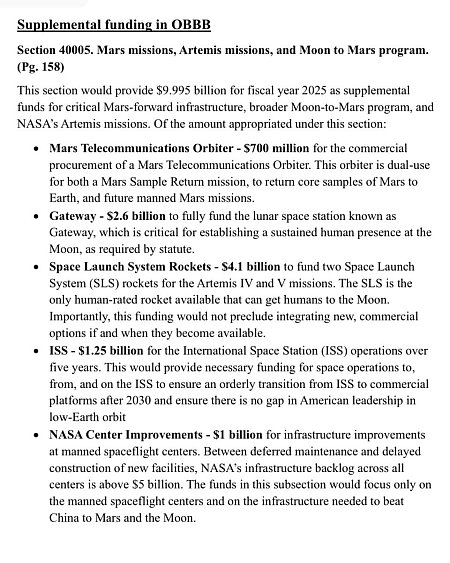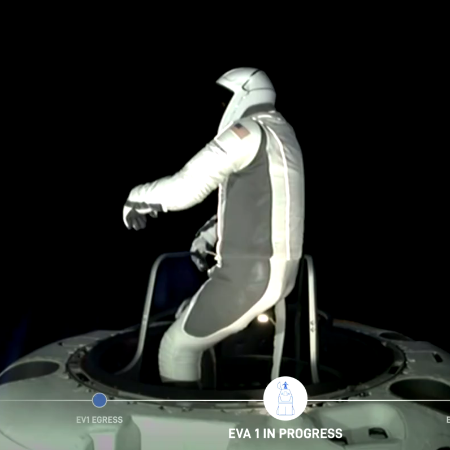SpaceX launches 29 more Starlink satellites
Note: My original post mistated the time of launch. Below is a corrected text:
SpaceX tonight at 10:21 pm (Eastern) successfully launched another 29 Starlink satellites, its Falcon 9 rocket lifting off from Cape Canaveral in Florida.
The first stage completed its third flight, landing on a drone ship in the Atlantic.
I specify the launch time because it occurred just outside the FAA’s so-called curfew banning all launches from 6 am to 10 pm local time, due to the government shutdown and a shortage of air traffic controllers to coordinate aviation and rocket launches. Though the Senate today voted to end the shutdown, that shutdown has not yet ended, and won’t until the House passes the Senate budget version and Trump signs it.
Thus, it appears Blue Origin has negotiated an exemption for its now planned launch of New Glenn on November 12, 2025 in the afternoon.
The leaders in the 2025 launch race:
147 SpaceX (a new record)
70 China
14 Rocket Lab
13 Russia
SpaceX now leads the rest of the world in successful launches, 147 to 115.
Note that I had made an error in entering my numbers earlier this week in regards to China, and have now corrected the mistake, thus revising the numbers in the last few launch reports.
Note: My original post mistated the time of launch. Below is a corrected text:
SpaceX tonight at 10:21 pm (Eastern) successfully launched another 29 Starlink satellites, its Falcon 9 rocket lifting off from Cape Canaveral in Florida.
The first stage completed its third flight, landing on a drone ship in the Atlantic.
I specify the launch time because it occurred just outside the FAA’s so-called curfew banning all launches from 6 am to 10 pm local time, due to the government shutdown and a shortage of air traffic controllers to coordinate aviation and rocket launches. Though the Senate today voted to end the shutdown, that shutdown has not yet ended, and won’t until the House passes the Senate budget version and Trump signs it.
Thus, it appears Blue Origin has negotiated an exemption for its now planned launch of New Glenn on November 12, 2025 in the afternoon.
The leaders in the 2025 launch race:
147 SpaceX (a new record)
70 China
14 Rocket Lab
13 Russia
SpaceX now leads the rest of the world in successful launches, 147 to 115.
Note that I had made an error in entering my numbers earlier this week in regards to China, and have now corrected the mistake, thus revising the numbers in the last few launch reports.










